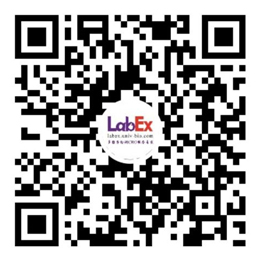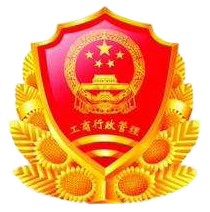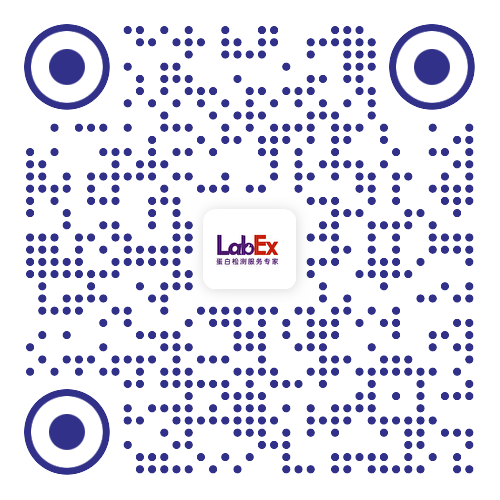An mTORC1-dependent switch orchestrates the transition between mouse spermatogonial stem cells and clones of progenitor spermatogonia
Spermatogonial stem cells (SSCs) sustain spermatogenesis by balancing self-renewal and initiation of differentiation to produce progenitor spermatogonia committed to forming sperm. To define the regulatory logic among SSCs and progenitors, we performed single-cell RNA velocity analyses and validated results in vivo. A predominant quiescent SSC population spawns a small subset of cell-cycle-activated SSCs via mitogen-activated protein kinase (MAPK)/AKT signaling. Activated SSCs form early progenitors and mTORC1 inhibition drives activated SSC accumulation consistent with blockade to progenitor formation. Mechanistically, mTORC1 inhibition suppresses transcription among spermatogonia and specifically alters expression of insulin growth factor (IGF) signaling in early progenitors. Tex14-/- testes lacking intercellular bridges do not accumulate activated SSCs following mTORC1 inhibition, indicating that steady-state mTORC1 signaling drives activated SSCs to produce progenitor clones. These results are consistent with a model of SSC self-renewal dependent on interconversion between activated and quiescent SSCs, and mTORC1-dependent initiation of differentiation from SSCs to progenitor clones. Keywords: RNA velocity; cell fate; single cell; spermatogenesis; subpopulations; testis; undifferentiated spermatogonia.
详见LabEx网站(
www.u-labex.com)或来电咨询!
基因水平:PCR Array、RT-PCR、PCR、单细胞测序
蛋白水平:MSD、Luminex、CBA、Elispot、Antibody Array、ELISA、Sengenics
细胞水平:细胞染色、细胞分选、细胞培养、细胞功能
组织水平:空间多组学、多重荧光免疫组化、免疫组化、免疫荧光
数据分析:流式数据分析、组化数据分析、多因子数据分析
基因水平:PCR Array、RT-PCR、PCR、单细胞测序
蛋白水平:MSD、Luminex、CBA、Elispot、Antibody Array、ELISA、Sengenics
细胞水平:细胞染色、细胞分选、细胞培养、细胞功能
组织水平:空间多组学、多重荧光免疫组化、免疫组化、免疫荧光
数据分析:流式数据分析、组化数据分析、多因子数据分析
联系电话:4001619919
联系邮箱:labex-mkt@u-labex.com
公众平台:蛋白检测服务专家
联系邮箱:labex-mkt@u-labex.com
公众平台:蛋白检测服务专家

本网站销售的所有产品及服务均不得用于人类或动物之临床诊断或治疗,仅可用于工业或者科研等非医疗目的。










 沪公网安备31011502400759号
沪公网安备31011502400759号
 营业执照(三证合一)
营业执照(三证合一)


